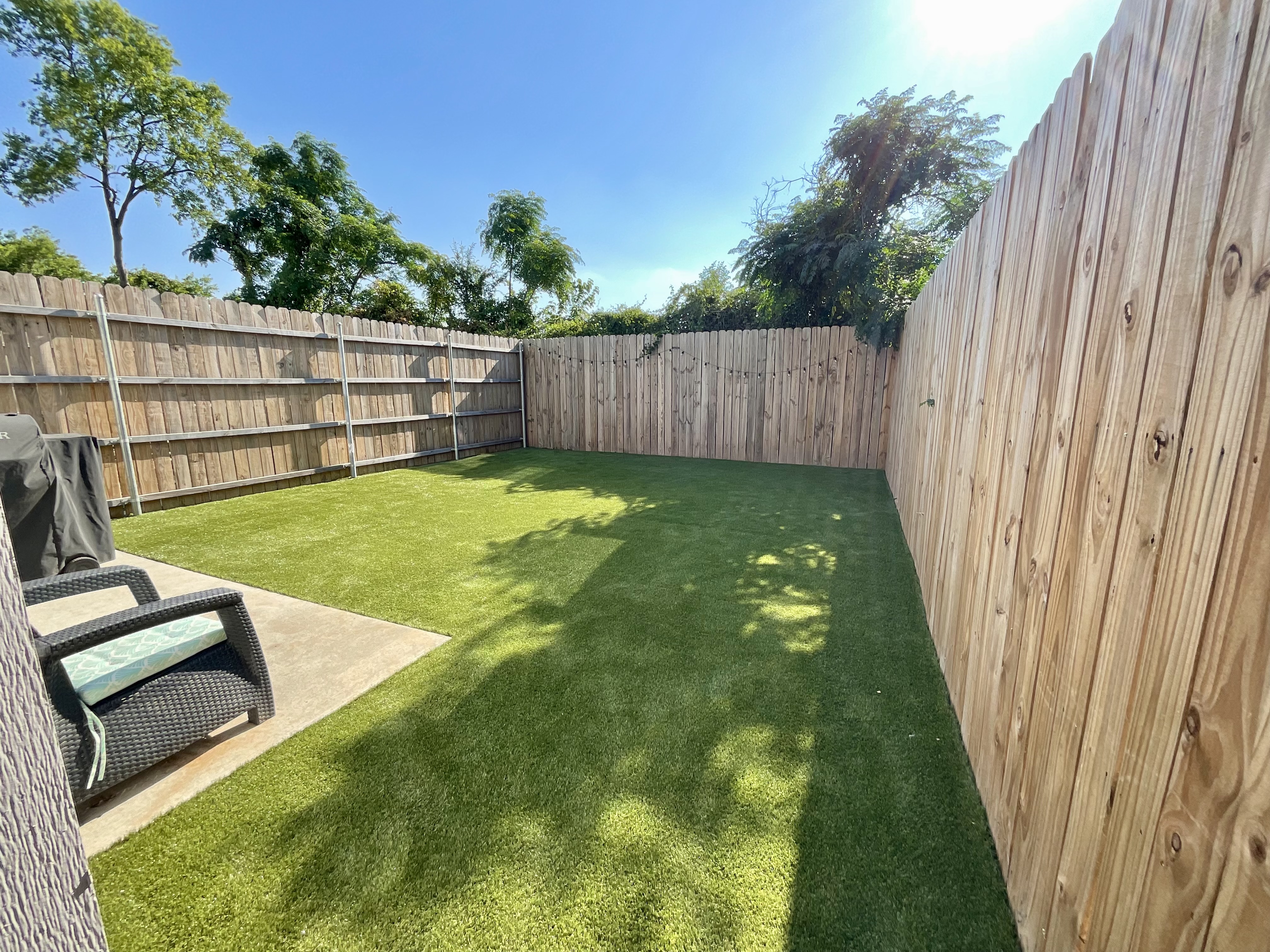
22/04/2025 by Admin
Understanding Turf Drainage: Say Goodbye to Waterlogged Lawns
In the quest for the perfect lawn, one crucial aspect often overlooked is turf drainage. Texas Turf Design is here to unravel the importance of proper drainage and how it can transform your outdoor space, ensuring a lush, vibrant, and waterlogged-free landscape.
The Downside of Poor Drainage
Waterlogged lawns are not just unsightly; they can wreak havoc on the health of your grass and the overall aesthetics of your landscape. Poor drainage leads to a range of issues, including:
Root Suffocation: Excess water in the soil can suffocate grass roots, depriving them of essential oxygen and nutrients needed for healthy growth.
Mold and Mildew: Waterlogged lawns create the perfect breeding ground for mold and mildew, posing health risks and further damaging the grass.
Soil Compaction: Soggy soil is prone to compaction, making it difficult for roots to penetrate and receive the necessary nutrients.
Mosquito Infestation: Stagnant water becomes a breeding ground for mosquitoes, turning your once peaceful lawn into a buzzing annoyance.
The Role of Proper Turf Drainage
Proper turf drainage is the key to mitigating these issues and creating an optimal environment for a thriving lawn. Here's how it works:
Preventing Water Accumulation: Effective drainage systems prevent water from pooling on the surface, allowing it to flow away from the turf and soil.
Facilitating Oxygen Infiltration: Adequate drainage ensures that oxygen can penetrate the soil, reaching the grassroots and promoting a healthy, vibrant lawn.
Minimizing Soil Erosion: By controlling water flow, proper drainage minimizes soil erosion, preserving the integrity of your landscape.
Reducing Mosquito Habitats: Well-drained lawns discourage mosquito breeding, providing a more enjoyable outdoor space for you and your family.
Signs of Poor Drainage
Identifying signs of poor drainage is the first step toward rectifying the issue. Keep an eye out for:
Standing Water: Puddles or standing water after rain are clear indicators of poor drainage.
Soggy Soil: If your lawn feels constantly soggy, it's likely that water is not draining effectively.
Muddy Areas: Persistent mud patches or slippery areas suggest waterlogging.
Unhealthy Grass: Yellowing, stunted growth, or the presence of moss can indicate a lack of oxygen and nutrients reaching the grassroots.
Solutions for Effective Turf Drainage
Texas Turf Design employs proven solutions to address drainage issues and transform waterlogged lawns into healthy, thriving landscapes:
Grading and Sloping: Properly grading the landscape and creating slopes directs water away from the turf, preventing pooling.
French Drains: Installing French drains helps channel excess water underground and away from the surface, ensuring optimal drainage.
Permeable Base Materials: Choosing permeable base materials during turf installation enhances drainage by allowing water to pass through easily.
Strategic Placement of Drainage Systems: Installing strategic drainage systems, such as catch basins and channel drains, helps control water flow and prevent waterlogging.
Conclusion
Understanding the significance of turf drainage is essential for maintaining a picturesque and healthy lawn. Texas Turf Design prioritizes effective drainage solutions to ensure your outdoor space remains a vibrant oasis free from the challenges of waterlogged lawns. Say goodbye to the woes of poor drainage, and embrace a lush, flourishing landscape that enhances the beauty of your home. Contact Texas Turf Design today for expert advice and solutions to transform your lawn into a thriving masterpiece.
